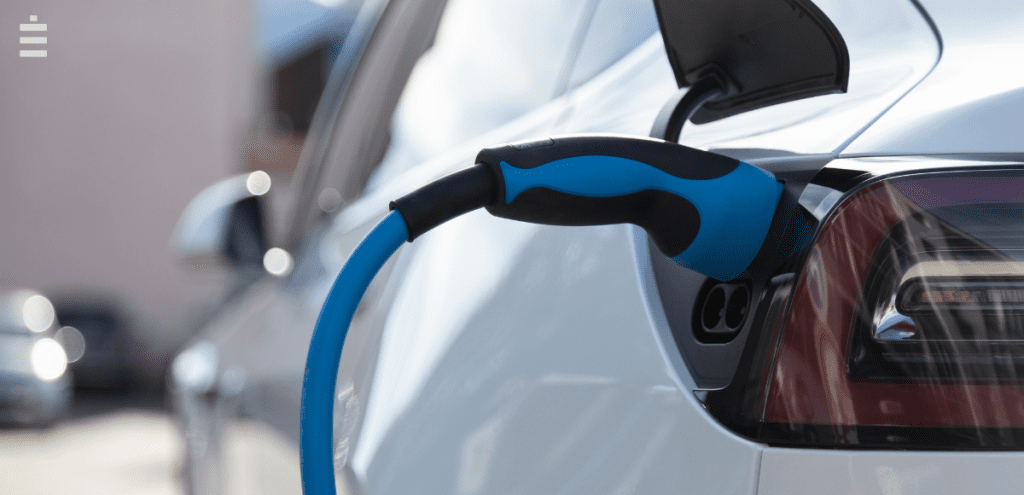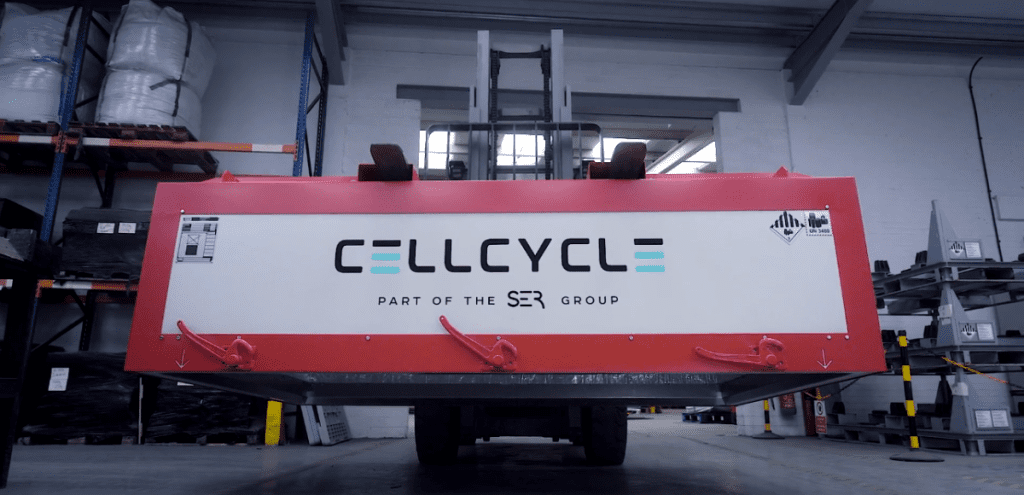As the world rapidly shifts towards sustainable energy solutions, electric vehicles (EVs) have become a significant player in the automotive industry. At the heart of every electric vehicle lies a powerful component: the EV battery. These batteries are essential not only for powering the vehicles but also for their performance, range, and efficiency. Understanding the basics of EV batteries can provide valuable insight into their role in the broader context of automotive innovation and sustainability.
The dynamic of the EV
EV batteries, also known as automotive batteries, are typically lithium-ion (Li-ion) based. This is the same technology used in smartphones and laptops, but on a much larger scale. The reason lithium-ion batteries are favoured is due to their high energy density, which allows for more power storage within a relatively small and lightweight unit.
Key Features of EV Batteries
- High Energy Density: EV batteries are designed to store a significant amount of energy, which translates into longer driving ranges for electric vehicles. This is one of the critical factors driving the adoption of EVs, as consumers seek vehicles that can travel further on a single charge.
- Long Lifespan: On average, the lifespan of an EV battery is between 8 to 15 years, depending on factors such as usage patterns, climate conditions, and the specific make and model of the vehicle. According to the U.S. Department of Energy, most EV batteries are designed to last for at least 100,000 to 200,000 miles.
- Environmental Impact: While EV batteries are a key component in reducing greenhouse gas emissions, their production and disposal pose environmental challenges. The extraction of raw materials like lithium, cobalt, and nickel requires significant energy and can have adverse environmental effects. This highlights the importance of responsible sourcing and the need for effective recycling strategies.
The End-of-Life for EV Batteries: Challenges and Solutions
As more electric vehicles hit the roads, a new challenge emerges: what happens to the batteries when they reach the end of their life? EV batteries, while durable, do not last forever. As they age, their capacity to hold a charge diminishes, eventually rendering them unsuitable for vehicle use. However, this doesn’t mean they are entirely useless.
Lifespan and Disposal of EV Batteries
The typical lifespan of an EV battery, as mentioned earlier, ranges from 8 to 15 years. After this period, these batteries are considered to be at the end of their life for automotive purposes. However, even after their capacity has decreased, they often still retain up to 70-80% of their original capacity. This presents opportunities for secondary use in applications such as energy storage for homes or businesses.
When EV batteries can no longer be used in any capacity, they must be disposed of responsibly. Improper disposal can lead to environmental harm due to the toxic materials within the batteries. Therefore, recycling becomes an essential part of the lifecycle of EV batteries.
The Growing Volume of Retired EV Batteries
The volume of retired EV batteries is expected to grow significantly over the next few decades. According to a report by the International Energy Agency (IEA), the number of retired EV batteries could reach 300,000 tonnes by 2030. This massive influx of end-of-life batteries presents both a challenge and an opportunity for the recycling industry.
The challenge lies in the fact that current recycling infrastructure is not yet fully equipped to handle the anticipated volume of retired batteries. Moreover, recycling EV batteries is a complex process that involves safely dismantling the battery packs, recovering valuable raw materials, and properly disposing of hazardous components.
The Challenge of Recycling EV Batteries
Recycling EV batteries is a challenging but necessary process to minimise the environmental impact of electric vehicles. The recycling process involves several steps, including collection, disassembly, separation of materials, and recovery of valuable metals like lithium, cobalt, and nickel. However, the process is not without its difficulties:
- Complexity: EV batteries are complex devices made up of various materials that are difficult to separate and recover efficiently.
- Safety Concerns: Disassembling EV batteries can be dangerous due to the risk of electrical shocks, fires, or toxic exposures.
- Economic Viability: Currently, the cost of recycling EV batteries can be high due to the labour-intensive processes involved. The value of recovered materials often does not cover the cost of the recycling process, making it economically challenging.
Cellcycle: Leading the Way in EV Battery Recycling
At Cellcycle, we recognise the immense challenge that comes with recycling EV batteries, but we also see the incredible potential. Our mission is to transform the way end-of-life EV batteries are handled, ensuring that they are recycled responsibly and efficiently. By focusing on innovative recycling methods and sustainable practices, we aim to reduce the environmental impact of these batteries and recover valuable raw materials for future use.
We believe that as the number of electric vehicles continues to grow, the need for effective recycling solutions will become even more critical. We are committed to staying at the forefront of recycling industry, consistently improving our processes to meet the evolving needs of the market.
In conclusion, the landscape of electric vehicle batteries is rapidly evolving, and with it comes the challenge of responsibly managing their end-of-life lithium batteries. By understanding the key features of EV batteries and the importance of recycling, we can work towards a more sustainable future.


